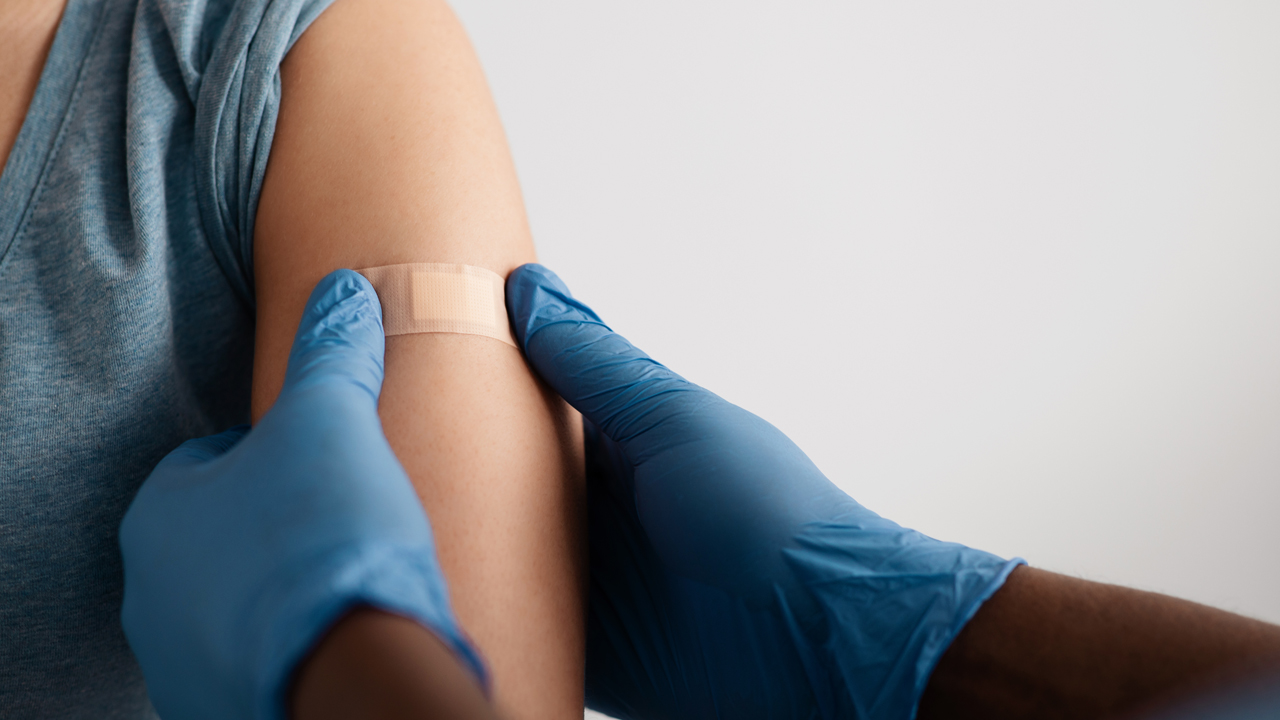In Clinical
Follow this topic
Bookmark
Record learning outcomes
Vaccination transformed several once feared diseases into medical curiosities or sporadic cases. When was the last time one of your patients had rubella? Or diphtheria? Or whooping cough?
Smallpox, in particular, left its mark on all levels of society, killing many and leaving almost every survivor disfigured and many blinded or otherwise disabled. Variolation reached the west during the 18th century and some 200 years later, in 1980, the World Health Organization (WHO) announced smallpox’s global eradication thanks to vaccination.
Sustained decline
Yet since Covid it has become clear that vaccine uptake has declined. In July 2022, for example, the WHO and UNICEF reported “the largest sustained decline in childhood vaccinations in approximately 30 years”. Worldwide, 25 million children missed at least one dose of routine diphtheria, tetanus and pertussis vaccination during 2021: 2 million more than in 2020 and 6 million more than in 2019.
No wonder a recent blog from the International Longevity Centre (ILC) argues that public health authorities and governments should ensure that people receive the vaccinations that they missed during the Covid-19 pandemic.2
So why is vaccine hesitancy so rife in the face of such compelling statistics? England, for instance, introduced routine diphtheria immunisation in 1942, when the average number of cases was 60,000 a year. Of these, 4,000 people died. According to recent data, there were just 10 cases in 2021.
Measles vaccination followed in 1968, when there were 160,000-800,000 cases a year. About 100 people died from acute measles annually. In 2020, there were 79 measles cases in the UK.
Before routine immunisation, more than 80 per cent of adults had been infected with rubella and more than 85 per cent had previously had mumps. In 2020, there were 3,738 cases of mumps in the UK. The last laboratory confirmed case of rubella in the UK was in 2019.
Prior to the UK introducing polio vaccination in 1956, up to 8,000 people developed paralytic poliomyelitis a year, with up to 750 people dying from the virus annually. The last UK outbreak was in the late 1970s followed by the last naturally occurring case in 1984.2 Between February and July 2022, however, researchers isolated 118 genetically linked polioviruses derived from a vaccine strain in sewage at several sites serving north and east London.
Although all derived from the vaccine, the viruses were genetically diverse and seemed to be reverting to a type that could infect the CNS.3 The ILC notes that polio’s re-emergence highlights “the dangers of complacency and not taking preventative measures to prevent diseases”.2
Critically, immunisation protects people who are ineligible for vaccination because, for example, they are too young or have contraindications.4 Reaching herd immunity means vaccinating 83-85 per cent and 92-94 per cent of the population to end transmission of measles and rubella respectively4 but, globally, first-dose coverage of a measles-containing vaccine has fallen by 5 per cent since 2019 to 81 per cent in 2021. Second-dose coverage plateaued at about 71 per cent.2
Flu target met but...
Some vaccination rates, such as seasonal influenza, have risen among older adults. England met the WHO’s 75 per cent uptake target for influenza. “Potentially, there is a lot to be said about the impact that Covid-19 has had on people’s awareness and attitudes towards flu and flu vaccination,” the ILC comments.2
In general, however, the Covid pandemic reduced vaccine uptake and we need to catch up. The ILC argues, for instance, that governments need to widen vaccination programmes and sustain funding. This includes offering vaccines in diverse locations, such as nurseries, schools, supermarkets and, yes, pharmacies.2
Complacency
We need to remind people of the risks to health and wellbeing. I had rubella and mumps as a child, thankfully without complications. I don’t remember rubella but, some 50 years later, I still recall how ill mumps made me feel.
In some ways, vaccines have become victims of their own success. Diseases that once induced fear and sparked a desire for vaccines are now rare, and there is a false and dangerous sense of complacency among the public.4
Unless public health authorities and governments act soon, this complacency could herald a rise in deaths and disability.
References
- Lancet Infectious Disease
- International Longevity Centre
- The Lancet 2022
- Proceedings of the National Academy of Sciences 2017

